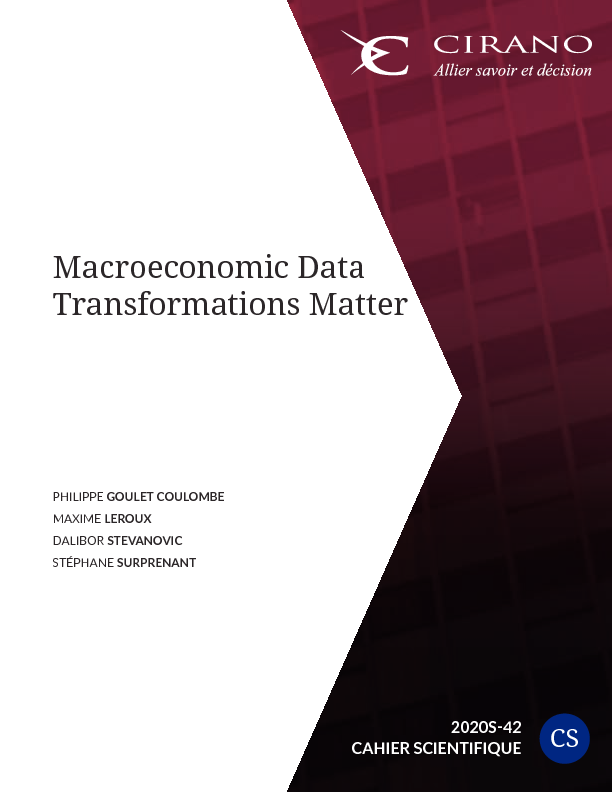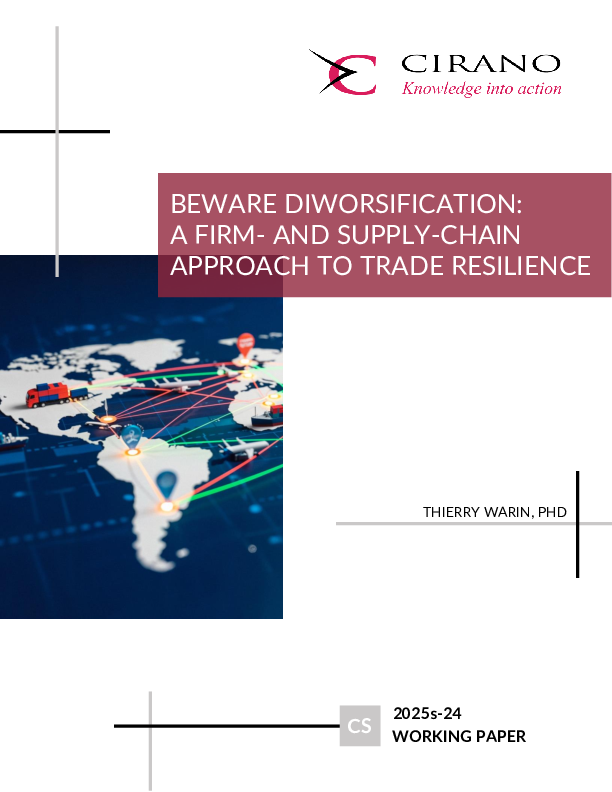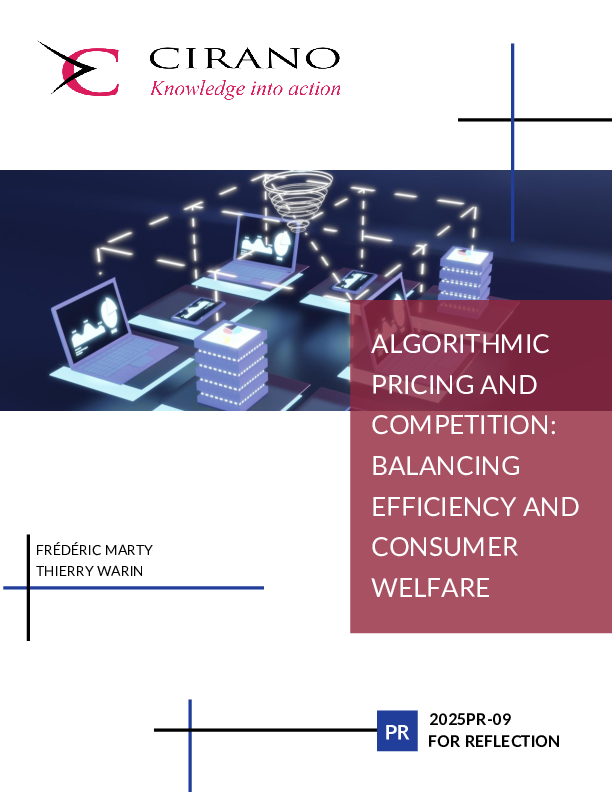Macroeconomic Data Transformations Matter
In a low-dimensional linear regression setup, considering linear transformations/combinations of predictors does not alter predictions. However, when the forecasting technology either uses shrinkage or is nonlinear, it does. This is precisely the fabric of the machine learning (ML) macroeconomic forecasting environment. Pre-processing of the data translates to an alteration of the regularization – explicit or implicit – embedded in ML algorithms. We review old transformations and propose new ones, then empirically evaluate their merits in a substantial pseudo-out-sample exercise. It is found that traditional factors should almost always be included as predictors and moving average rotations of the data can provide important gains for various forecasting targets. Also, we note that while predicting directly the average growth rate is equivalent to averaging separate horizon forecasts when using OLS-based techniques, the latter can substantially improve on the former when regularization and/or nonparametric nonlinearities are involved.




